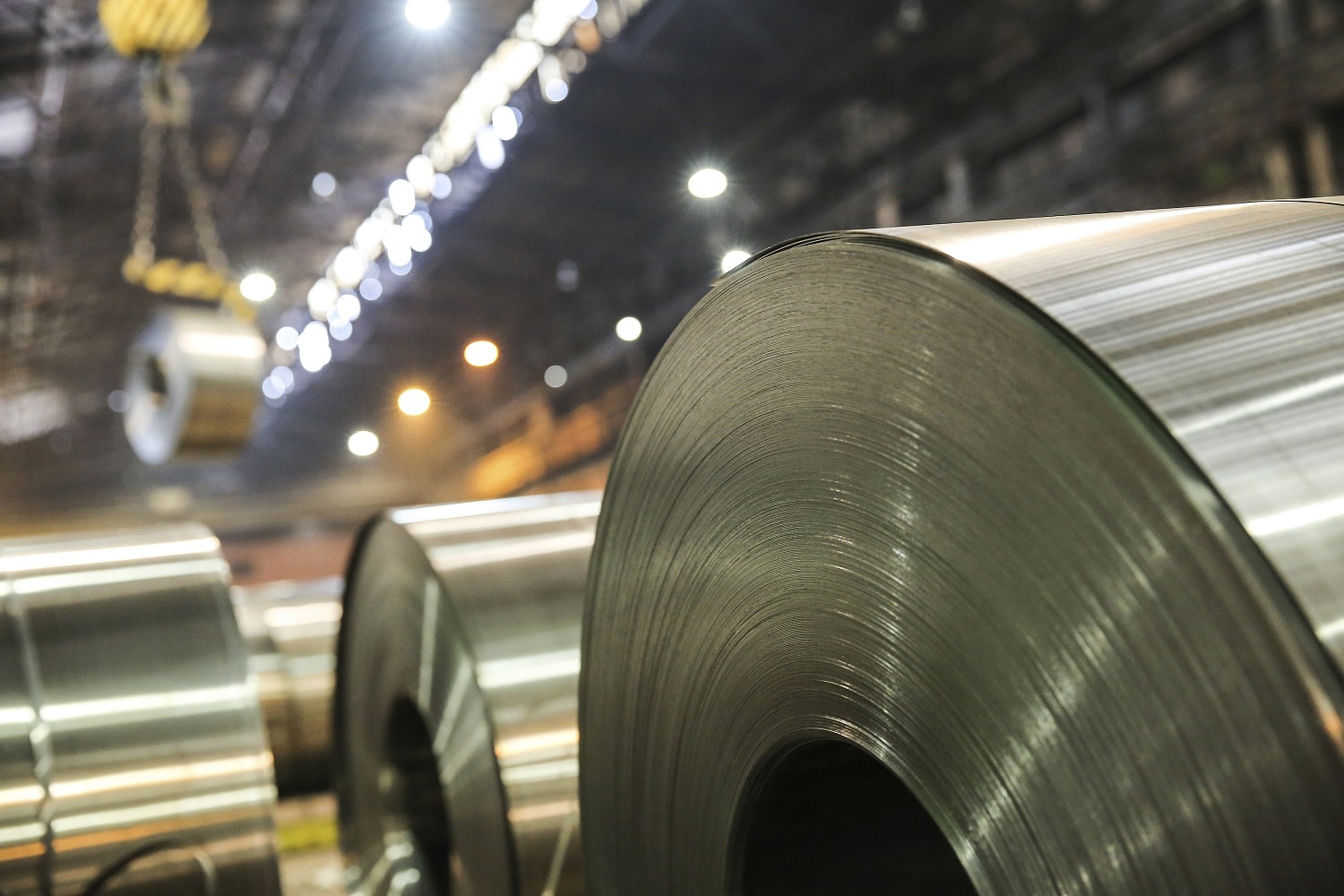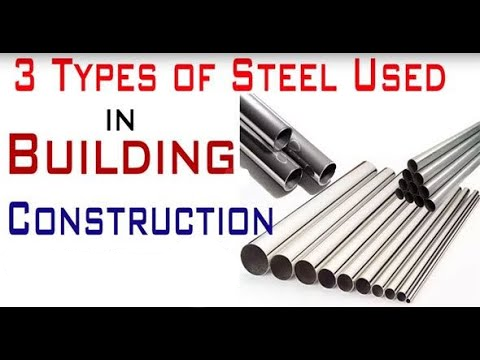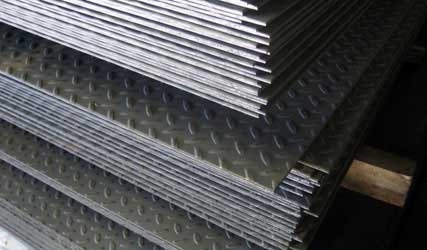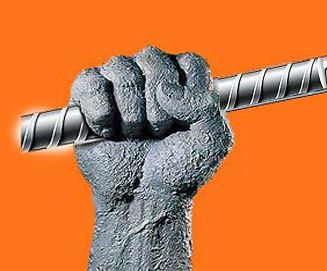The shipbuilding industry is one of the major users of steel that use steel and steel plate sectors. The steel industry with its exceptional works with numerous technological innovations in the shipbuilding industries made them reach new heights. Have you ever wondered how the vessel is resistant to wind and storm?. Because the steel used in shipbuilding undergoes the Thermo Mechanical Control Process to improve the strength and efficiency of transportation through the ship. The TMCP steel is an excellent heat controller while extracting crude petroleum. Shipbuilding is the largest consumer in the world and many steel suppliers produce TMCP processed steel for ship construction. Therefore, steel is the most versatile material for building the ship’s inner and outer parts. Hence, in this post, let us know more about how steel is used in the shipbuilding industry.
Container vessels:
Steel is the core material in making the container vessel. The wide openings to load and unload the containers are made of high-strength steel. For instance, if the size of the container vessel is around 10,000 TEU, then the size of the steel plate used is around 100mm in thickness. Therefore, the relationship between the container vessel and the steel plate is linear. The resistance to the cracks and fractures is reduced by adding various technologies named the HTUFF technology and fine microstructure of HAZ. The MS chequered plate is used in making anchor and anchor bolts.
Oil tankers:
Traditional oil tankers used to have thousands of pits because of the crude petroleum and the reason for the pits is still unknown. The pits cause ocean contamination and many manufacturers were in search of alternative options. As a result, they developed high-strength steel bottom plates for crude petroleum tankers and reservoirs. These plates are corrosion resistant and prevent the ocean from oil and petroleum contamination.
Doors:
The watertight doors are made of steel, and it provides access to either side of the compartments. In a passenger ship, the watertight doors are used by the passengers to pass through their accommodation. The doors are made of mild steel and cast steel to prevent the compartment from flooding and provide high strength in uncertain times.
Propellers and rudder pintles:
Steel is used in making the propellers and rudder. These are made from processed and fabricated steel plates and are coated with inert plastic foam to avoid corrosion. Nowadays, many steel suppliers in Chennai use materials like tufnol and stainless steel for bearings and liners. Hence, these high-strength steels are the ideal option for shipbuilding compared to aluminium and zinc.
Therefore, as seen, the benefits of steel and its products are enormous and used in every part of the ship. Hence, if you want high-strength steel for your business, approach JSW steel dealers in Chennai for high-quality and strength steel.










